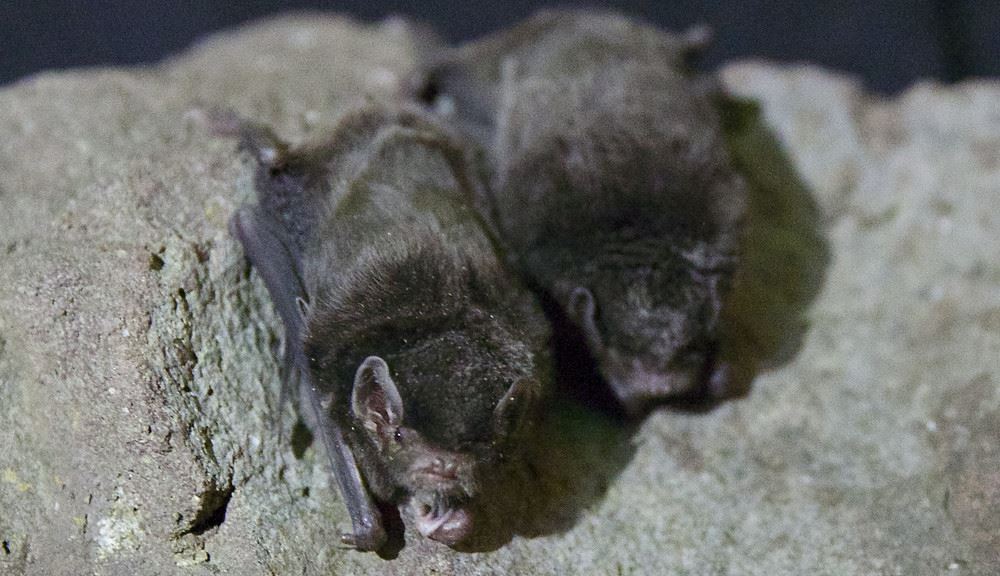Southern Bent-wing Bat
This tiny micro-bat is critically endangered.
The range and abundance of the species has diminished greatly over the past three generations.
The Southern Bent-wing Bat eats insects and is known to roost in caves near the coastal cliffs of south western Victoria and south eastern South Australia. They forage each night using a regular flight path.
Southern Bent-wing Bats have an ultrasonic call that humans can’t hear unless we use special bat detectors. The bats are incredible pest controllers, consuming at least half their body weight in insects each night.
The bats begin their annual migration to their maternity caves at Naracoorte in South Australia and Warrnambool in Victoria where the female gives birth to a single pup.

The major threats
Although they are under threat by human disturbance of roosting caves and foraging habitat, we don't fully understand what's behind the steady decline in their numbers.
The plan for fighting extinction
Thermal detectors are currently used to monitor population densities, and Zoos Victoria is investigating the role we can play in supporting self-sustaining wild populations.
How you can help
- Raise community awareness and support for the Southern Bent-wing Bat.
- Visit our zoos to support our work to fight extinction.
- And donate if you can. As we are a not for profit organisation, all donations go towards our conservation work.
- Discover more about local conservation events and join the growing number of wild activists taking action for local wildlife.
